25 Great Books by Asian Authors To Add to Your Reading List
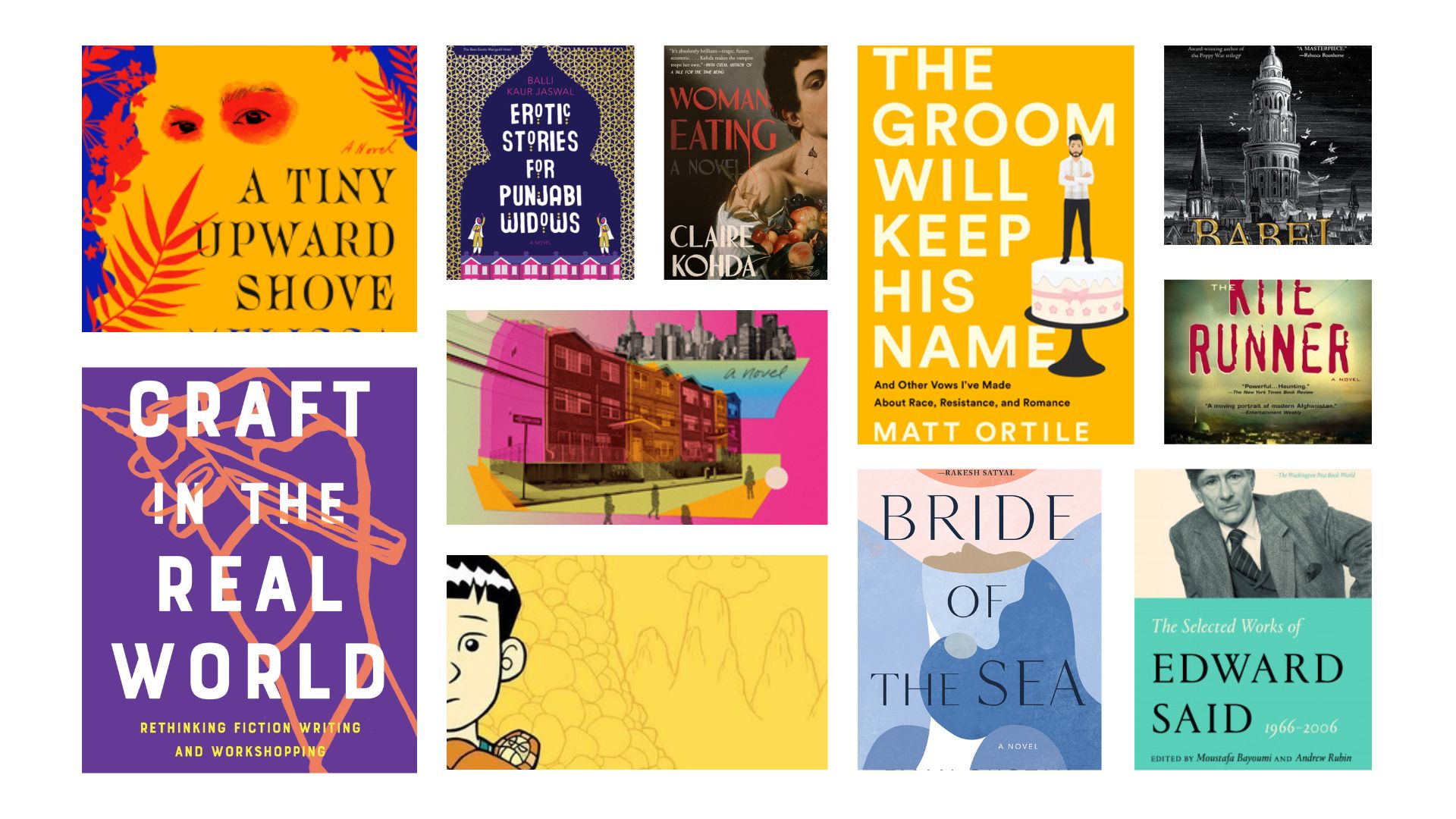
Maybe it isn’t well-known elsewhere, but the San Francisco Bay Area is home to many Asian communities. With its literary ties, the Bay has been the birthplace of many Asian writers. As an Asian who grew up in the Bay Area, I came of age among many ethnic enclaves—Indian, Afghan, Chinese, Korean, Filipino, Vietnamese, and others. When I was introduced to the work of Asian authors, I was hooked.
Although often overlooked, Asian authors have significantly impacted the literary canon. The 25 books on this list are just the tip of the iceberg.
Afterparties: Stories by Anthony Veasna So
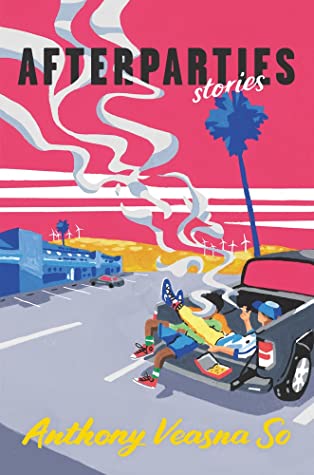
Anthony Veasna So’s short story collection, Afterparties, encapsulates queer Cambodian-American culture with so much nuance and specificity that anyone from a diasporic community can identify with his work. This collection explores the unique nature of ethnic enclaves, which serve as a pillar to diasporic communities. There are always recurring cast members: aunts and uncles who may or may not be related to you, the guy who sells a few years of his life to the American military for stability, the odd uncle figure who runs a grocery store, and the queer kid forever balancing individualism with collectivism.
How Much of These Hills Is Gold by C Pam Zhang
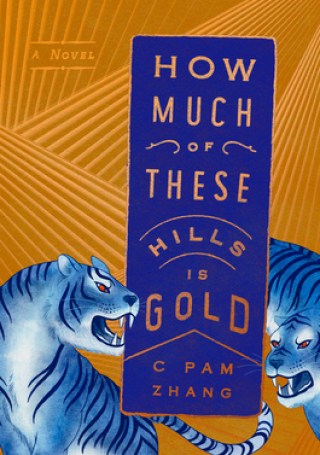
Finally, a wild west story that I’m interested in. As someone born and raised in the Bay Area, I know California has a strong Asian population in both the past and the present. And yet, it’s portrayed as painfully white whenever there’s a historical piece about the area.
C Pam Zhang’s How Much of These Hills Is Gold changes that. This wonderfully queer story solidifies that Chinese people have long been a part of the community.
The Namesake by Jhumpa Lahiri
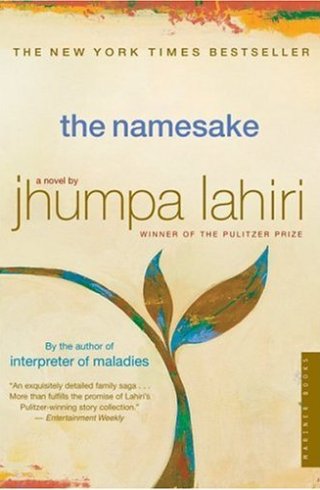
The Namesake is a classic novel for children of immigrants. There is something incredibly raw about the Ganguli family’s tale. Ashoke dreams of a future for his child and gives Gogol an unusual yet powerful name. Ashima yearns for the home she grew up in, even though it doesn’t entirely fit who she is now. Then there’s Gogol, who also goes by Nikhil. His identity crisis begins the day he’s born, which for any hyphenated American is completely understandable.
The Selected Works of Edward Said, 1966 – 2006 by Edward W. Said; Moustafa Bayoumi; Andrew Rubin
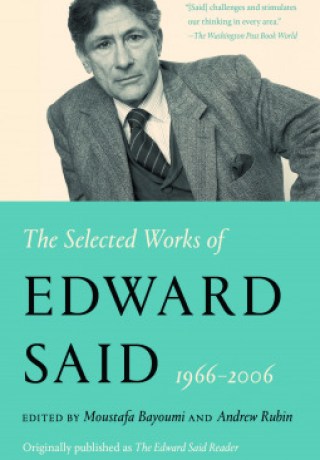
This essay collection is a sample of Edward Said’s greatest work and includes his most famous essay, “Orientalism,” which exposes Eurocentrism. This piece changed how I view the world, especially as someone whose ancestors were both colonized and colonizers for the sake of the West’s expansion. This collection decolonizes Yeats and Austen, criticism, and Zionism. It also features Said’s thoughts on his Palestinian experience.
How To Read Now by Elaine Castillo
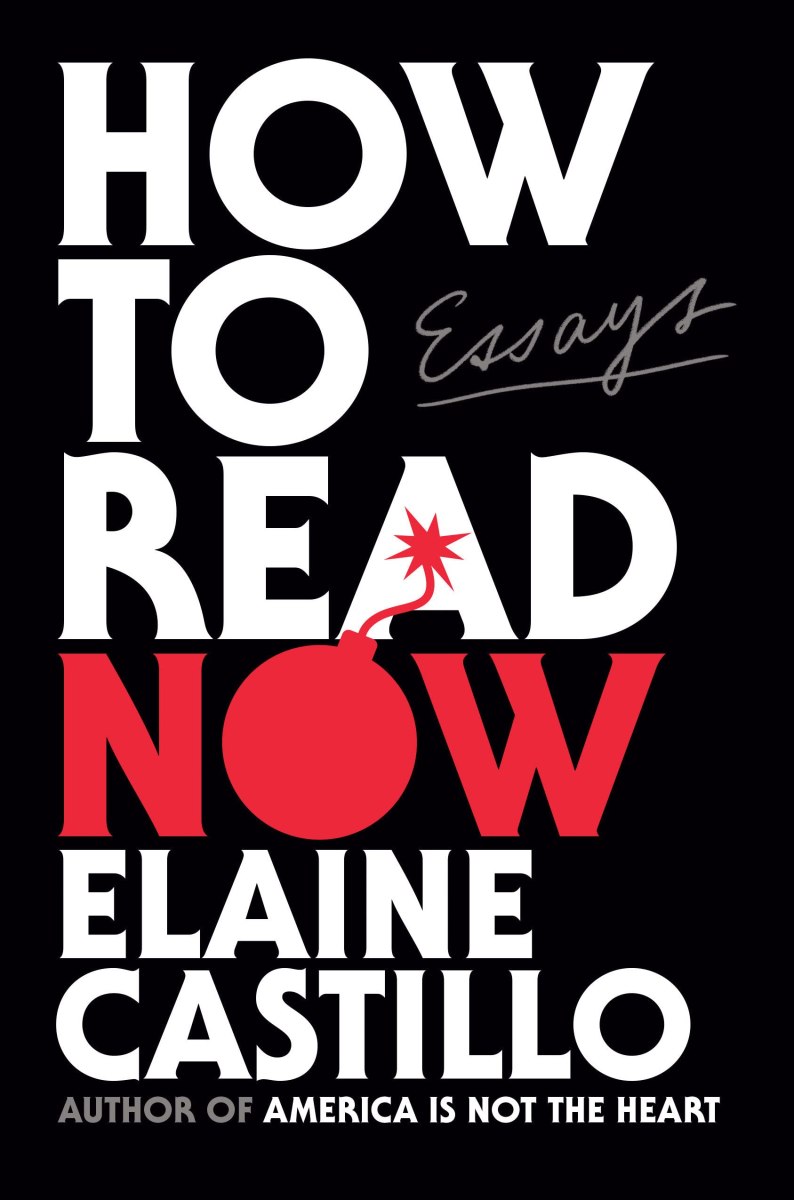
This book contains essays criticizing the well-meaning white ally, white fantasy, and how Asians are depicted in the film. Elaine Castillo is sharp and refreshing. Castillo comes from a similar background as me (a Filipine raised in the Bay Area). I hesitate to use anger to describe Castillo’s voice, for fear that I’m somehow trivializing her completely accurate critiques.
Craft in the Real World by Matthew Salesses
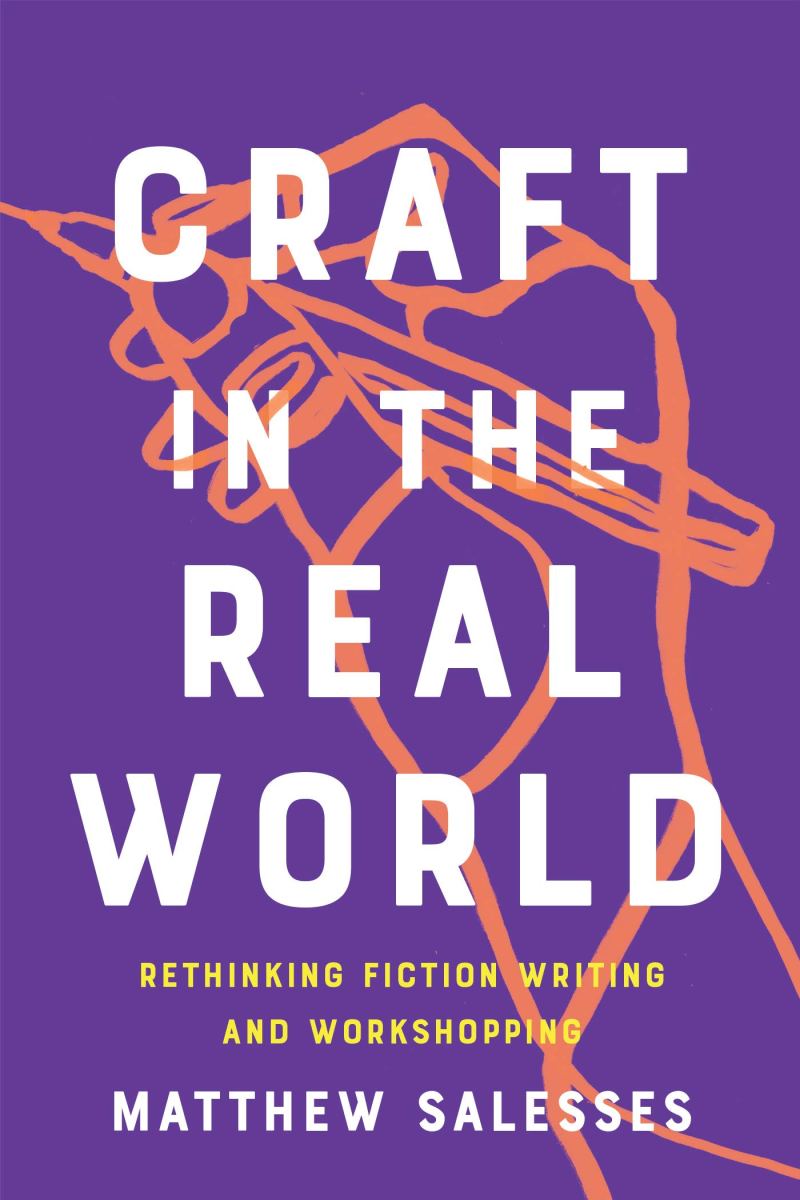
I’ve been waiting for Craft in the Real World by Matthew Salesses my whole life.
Salesses calls out white supremacy and colonization in literature and literary spaces. He explains how craft elements are designed to explore the white Western experience by prioritizing an individual’s growth with a singular aspiration. This prioritization occurs in a world that functions with the fundamental understanding of Christianity, Western mythos, Greek philosophies, a specific scientific lens, and a linear way of experiencing time. Anything that defies these literary expectations are deemed “experimental,” “magical realism,” or “nonlinear.” Even in liberal, creative spaces, nonwhite methodologies are othered and brushed off as “too complicated” for a general audience.
Salesses implores readers, writers, and professors to notice their literary biases. Look at who these books centers and who these books don’t. What is the author/characters’ worldview? How do they experience reality? Who are their influences? Is the writer a student of Edward Said or James A. Michener? One denounces and deconstructs colonialism, while the other romanticizes and profits off my grandparents watching their community murdered and experimented on by Japanese and American occupiers.
On Earth We’re Briefly Gorgeous by Ocean Vuong
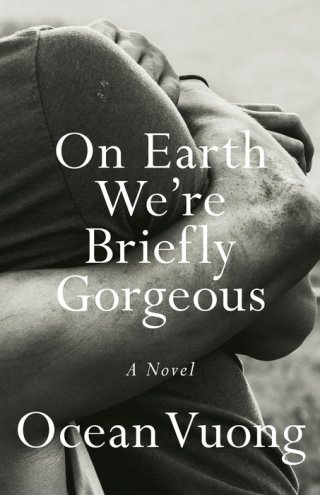
On Earth We’re Briefly Gorgeous is written in a unique epistolary format, from a son to his illiterate mother. This is a tale about an almost-thirty-year-old who faces his past, which is simultaneously rooted in the tumultuous Vietnamese history and in growing up with that weight as a child in the U.S. The meandering prose is not for those who enjoy fast-paced novels.
I describe this book as a novel written by a poet (which it was).
In Sensorium: Notes for My People by Tanaïs
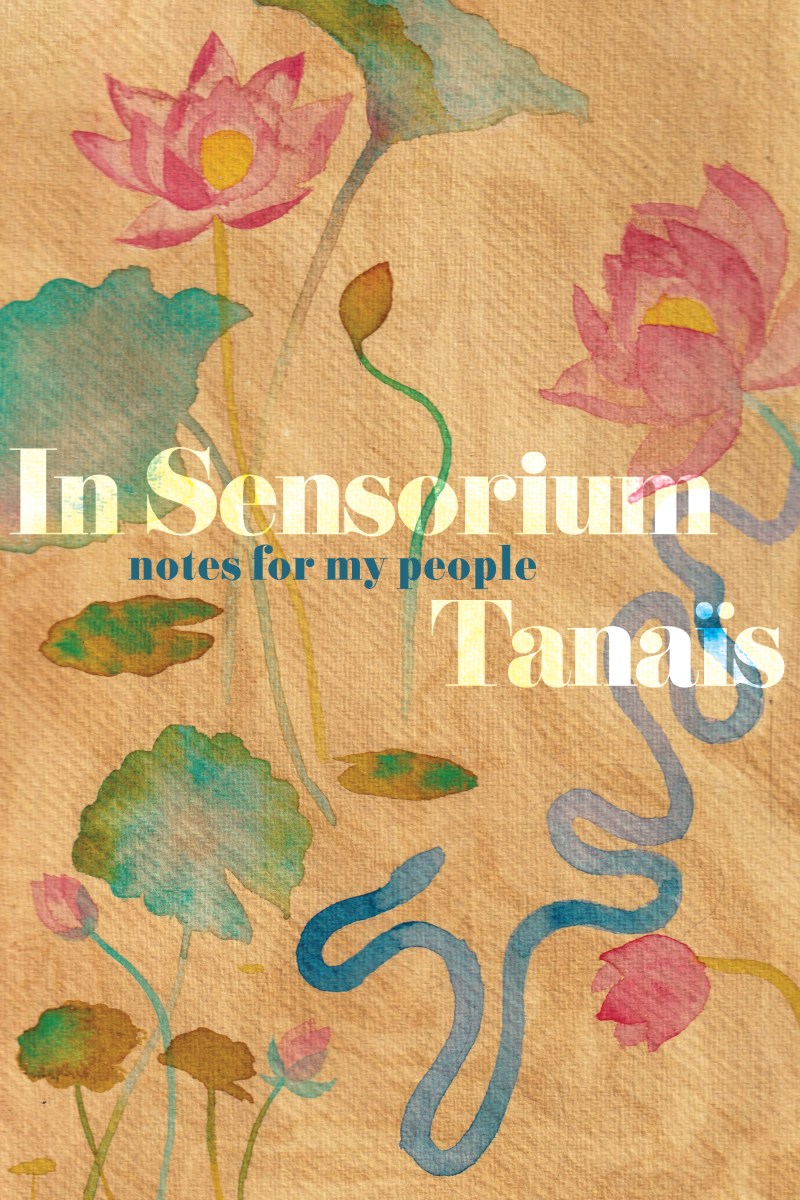
This memoir is a collection of vignettes organized by scents and layers. You weave in and out of the South, Midwest, and New York. Tanaïs honors where she’s been and her ancestors through cultural critique and reimagined history. For those who enjoy “experimental” fiction with breathtaking halcyon voices, pick this up.
Tanaïs also sells perfumes, which are available to purchase.
The Woman Warrior by Maxine Hong Kingston
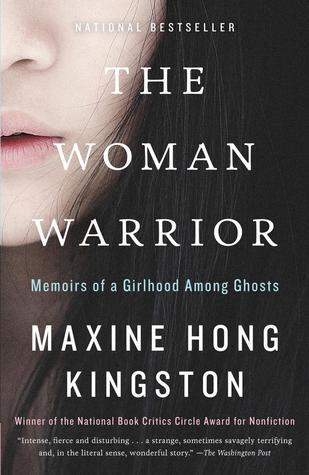
So I have a thing for vignettes and meandering storytelling. If you read Craft in the Real World by Matthew Salesses, you’ll learn that chronological plot is purely a western storytelling convention. Narratives rooted in oral storytelling have a meandering flow, often having one story interrupting another to have a full picture.
Which brings us to The Woman Warrior. Maxine Hong Kingston’s most famous work retells Chinese myths, family legends, and her upbringing in San Francisco.
Woman Eating by Claire Kohda
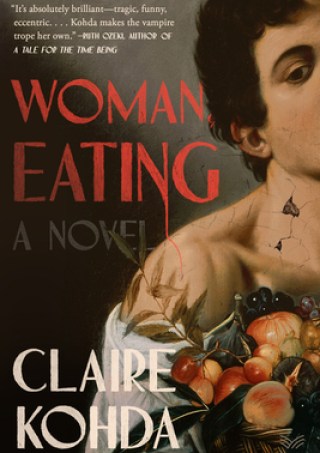
Vampirism as an allegory for mixed-race identity is such a brilliant idea that I wish I had thought of it myself. Lydia lives off of animal blood—yes, like the Cullens. She wants to live on her own, away from her mother for the first time, because her mother is having problems with her memory. Lydia tries to discover who she is: her relationship with food, her human/nonhuman heritage, and her role alongside humanity. This modern gothic is made for the misfits and weirdos who devoured vampire books growing up.
Brown Girls by Daphne Palasi Andreades
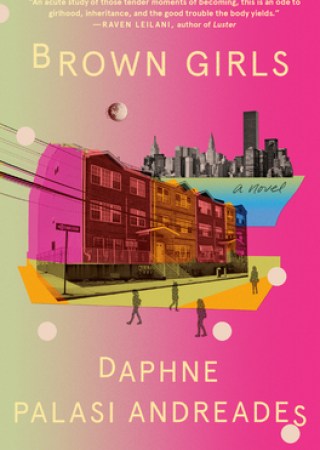
Daphne Palasi Andreades takes on the voice of all the brown girls, using interconnected poetic vignettes which take the collective first-person. We follow girls are from different backgrounds—including the Philippines, Ivory Coast, India, Dominican Republic, Mexico, Jamaica, Ghana, and more—as they go through childhood. We watch them survive the trials and tribulations of that special brand of teen angst that only exists for girls of color who aren’t expected to leave the confines of their neighborhoods. They push through the weight of impossible familial expectations and the painful disinterest of society and achieve more than their wildest dreams.
The part that Andreades nailed the most was that, sometimes, achieving your wildest dreams comes with a caveat. You can find yourself occupying spaces you never thought you belonged in, surrounded by people who couldn’t fathom your existence.
Seeing Ghosts Kat Chow

Seeing Ghosts, the new memoir by Kat Chow, asks the reader, “What do we owe to our families in our grief, and how does it shape us?” This memoir sings to the souls who lost parental figures growing up and could never move past their grief. The nonlinear format jumps between Chow’s memories as they collide and connect, enhancing the disjointed and often regressive nature of mourning.
The Groom Will Keep His Name: And Other Vows I’ve Made About Race, Resistance, and Romance by Matt Ortile
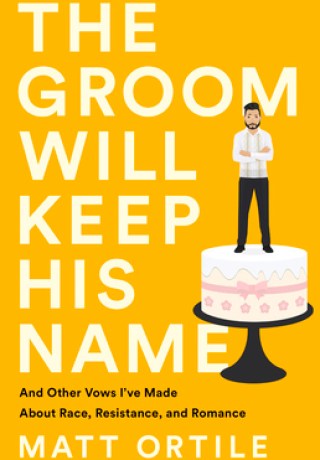
Concepts like imperialism, colonialism, homophobia, xenophobia, and the model minority myth are sometimes presented as grandiose ideas that only people with fancy humanities degrees from prestigious universities can discuss. Ortile breathes humanity into these -isms in his essay collection The Groom Will Keep His Name. He shows the reader how a colonial mentality can affect romantic, personal, familial, and professional relationships.
Ortile writes about his desire for acceptance in America. He dreamed of marrying a white man and taking his name for an easier life. As if a union with someone undeniably American by anyone’s standards could make us undeniably American. We see this occur with so many other model minorities. Ortile writes about all these complex topics by effortlessly weaving in anecdotes, history, and cultural analysis.
Grown-Up Pose by Sonya Lalli
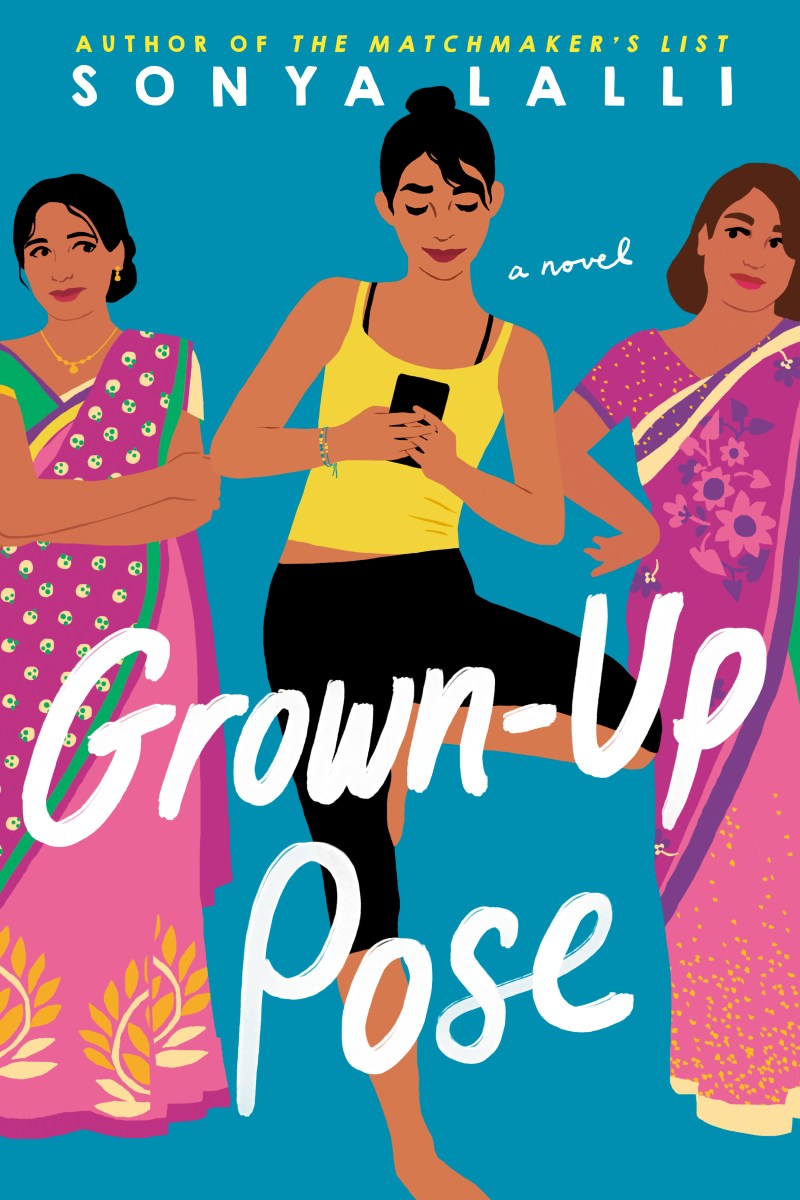
Grown-Up Pose tackles serious topics like immigration, trauma, racism, cultural appropriation, adult relationships, accountability, etc. The book is funny, dramatic, emotional, and real. Sonya Lalli shows off her sharp wit and intelligence with her descriptions of gross hipster yoga studios and nightclub life.
Lalli explores what happens when the good Indian girl (Anu) listens to her family, who tells her:
“Yoga is a hobby, Anu, not a passion.”
“What kind of wife and mother teaches yoga?”
Anu realizes that her identity revolves around her husband, a steady job, and a kid. So she leaves her husband and finally explores who she is. Chaos and self-discovery ensue.
Bestiary by K-Ming Chang
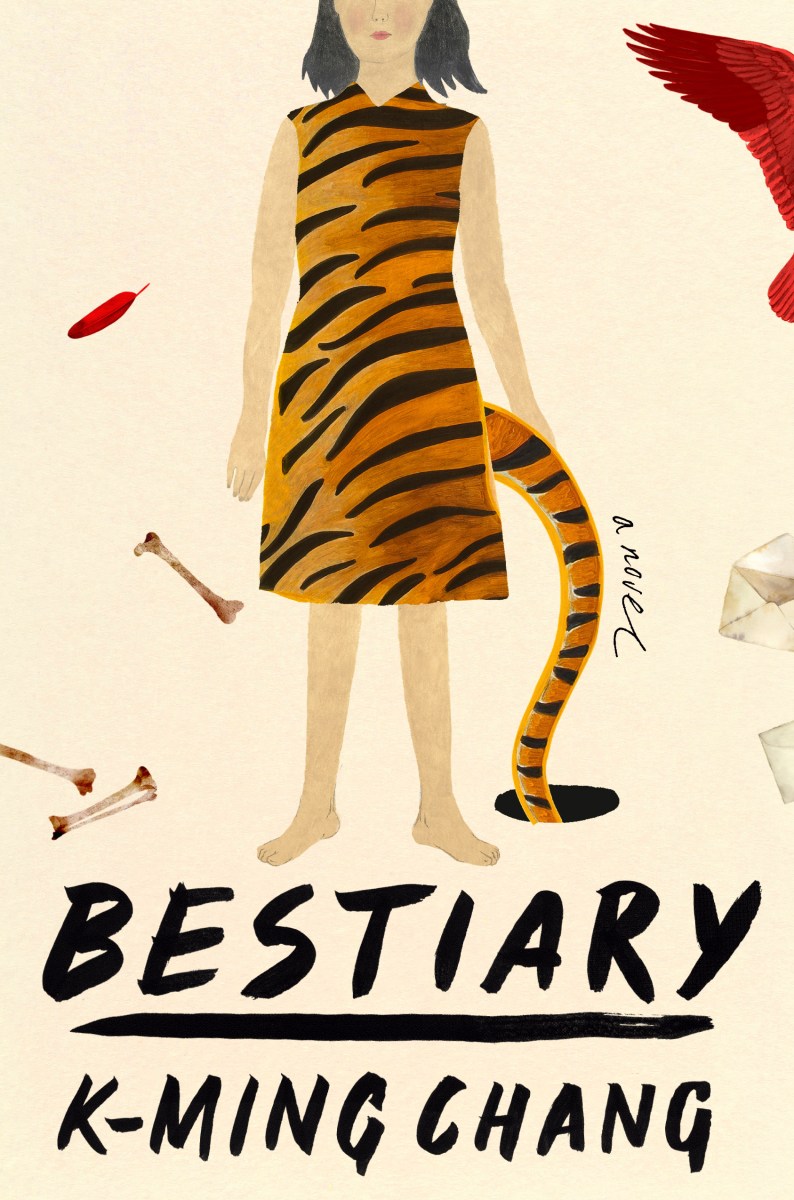
Bestiary is perfect for those who love experimental works. There is a pinch of literary fiction, folktale, mythology, historical backgrounds, fantasy, intergenerational aspects, oral storytelling, queer allegories, and so much more. Bestiary is a nonlinear, multi-generational experiment which explores how stories are passed down from generation to generation.
American Born Chinese by Gene Luen Yang
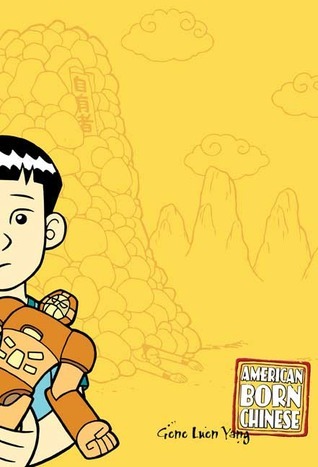
American Born Chinese is a little different than the others on this book list. Gene Luen Yang’s work is a young adult graphic novel. I was first introduced to tit during community college. I then followed Yang’s work as he shifted from young adult to adult works, and eventually to superhero comics.
According to an internet legend, Yang was born in the same hometown as me. So this tale about growing up in a predominately white school is familiar. The cliched feeling that you’re not American enough—not X, Y, or Z enough—is true. American Born Chinese explores the life of Jin Wang coming into his own identity through different phases of his life.
A Tiny Upward Shove by Melissa Chadburn
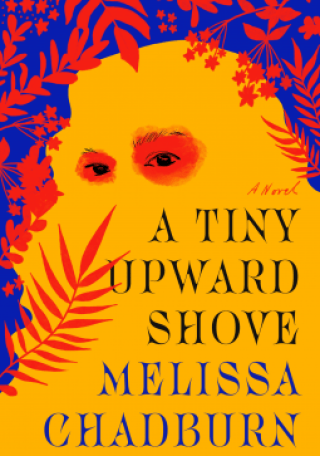
An aswang is a thing of nightmares. Think vampiric dead witch. Well, one day, Marina wakes up as an aswang. Her life was always unsettled. She’s never been in one place for long or able to process any of the traumas in her life. The dissociation eventually turns her into a mythological monster, allowing her to connect to dead souls.
The Making of Asian America by Erika Lee
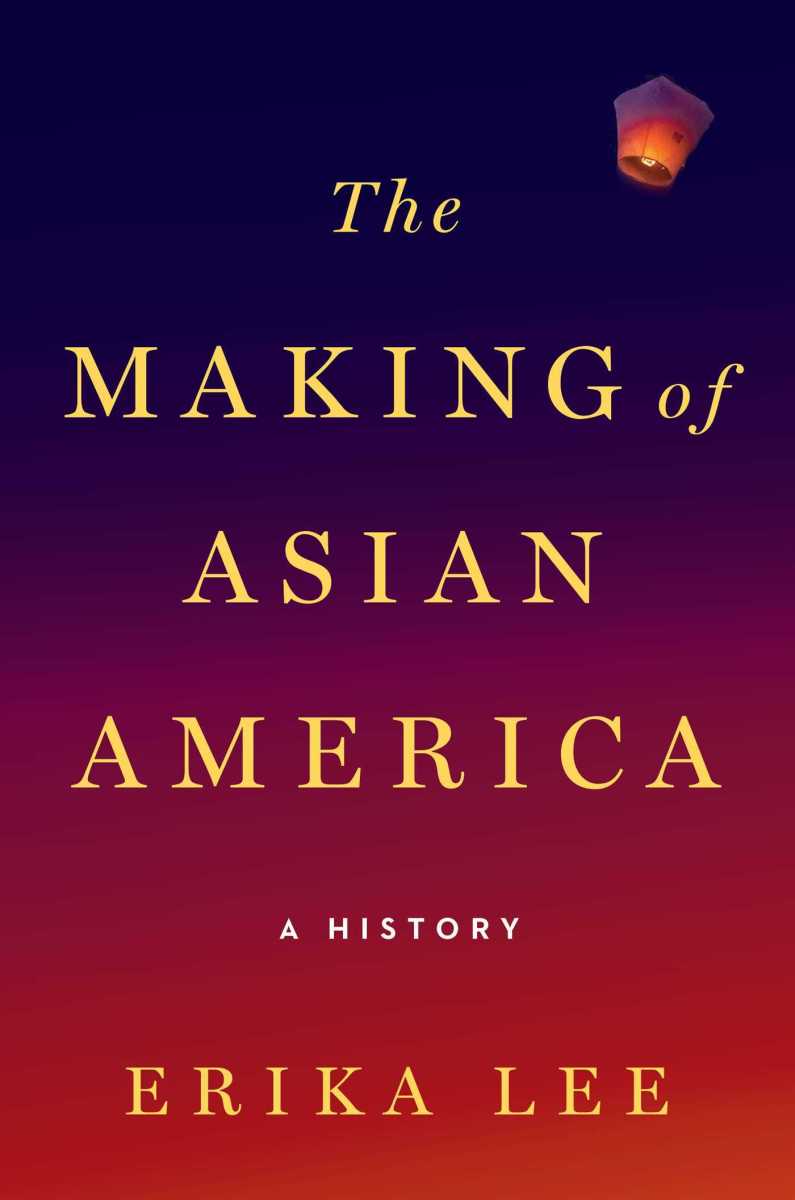
What wins me over about this historical nonfiction book is the accessible writing. Unlike most books about Asian America, Erika Lee starts with the history of Filipinos arriving in the Americas before the first permanent British colony existed. The Making of Asian America is inclusive. Which is a relief because, for some curators, “Asian” only equates to “East Asian.”
I Hotel by Karen Tei Yamashita
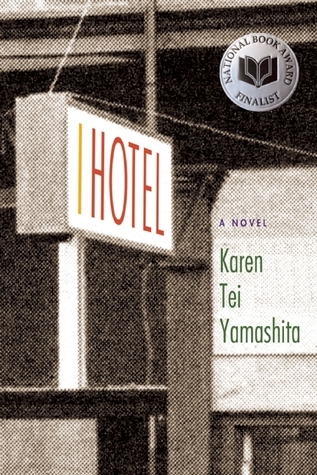
The I Hotel was a real hotel in San Francisco’s Chinatown. Ut was permanent housing for various Asian groups. This 613-page novel is a glimpse into the lives of the people who called the I Hotel home before the city decided to shut the it down for new housing. Karen Tei Yamashita uses fictional characters and stories to share the real history of how this building that housed hundreds of Asians was torn down and these communities were pushed out.
A Burning by Megha Majumdar
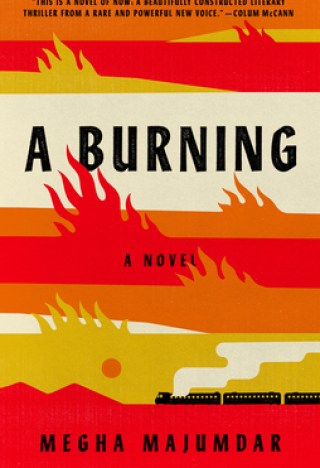
A Burning follows Jivan, a Muslim girl in India accused of executing a terrorist attack because of her aggressive Facebook comments. This book is deeply entwined with contemporary Indian politics. While the content is heavy, this book is hard to put down.
Arranged Marriage by Chitra Banerjee Divakaruni
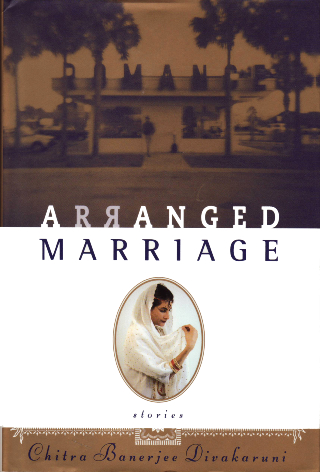
I’ve thought about this short story collection probably once a month since the first time I picked it up in 2018. In Arranged Marriage, there is a divorced woman coming into her own, a young Indian woman trying to date a white man, an almost-widow, someone surviving abuse, and more. The short stories are haunting and visceral. This book would be a great choice if you have a book club.
Erotic Stories for Punjabi Widows by Balli Kaur Jaswal
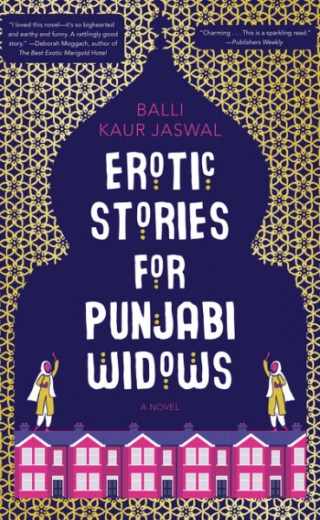
Erotic Stories for Punjabi Widows has everything: hot erotica, multicultural identity analysis, intrigue, an annoying sister, political analysis of a close-knit Indian community, and feminist critiques. Characters learn agency and confront trauma. Watching a group of conservative aunties use writing as a tool to explore their sexuality and identities makes for a book that’s hard to put down.
This novel must be experienced—it’s a great commercial women’s fiction novel.
The Kite Runner by Khaled Hosseini
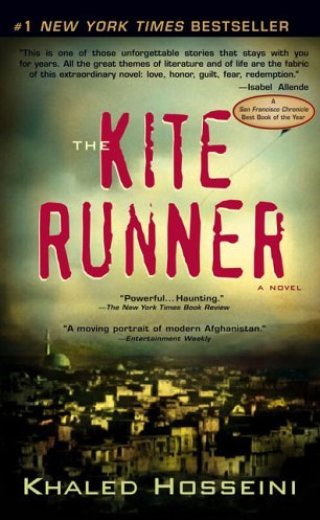
I remember when they shut down the park in my hometown to film a scene for the movie adaptation of The Kite Runner. Khaled Hosseini’s book has been the talk of the town since its publication. The Kite Runner quickly became required reading for every high school in the suburbs.
This novel follows twelve-year-old Amir, who had to move to the US after the Russian invasion. He grew up in Fremont, California, which never felt like home. He reconciles with his memories and navigates where home is.
Bride of the Sea by Eman Quotah
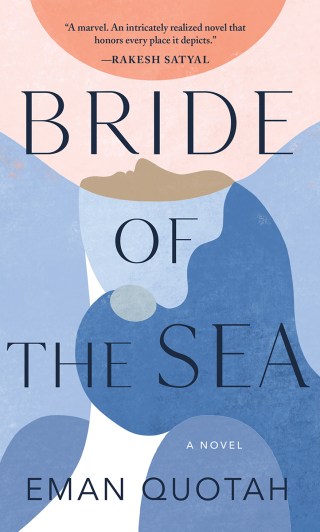
Muneer and Saeedah moved from Saudi Arabia to Cleveland for their education. When her husband returns home, Saeedah finally gets a taste of the freedom she had never experienced. She takes her daughter and runs.
Western assumptions might lead you to expect this to be an empowering tale of a mother escaping a patriarchal society. You’re right, but also so wrong. Bride of the Sea is told from multiple points of view—mother, father, and daughter. The love and animosity they all have for each other is so palpable and real. Eman Quotah is a master at showing the beautiful and contentious side of cultures, immigration, religion, and family.
You Exist Too Much by Zaina Arafat
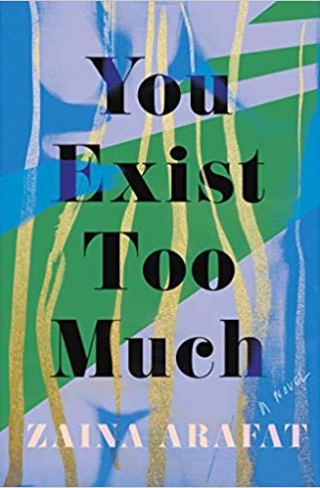
You Exist Too Much is a heartbreaking debut about a 12-year-old Palestinian-American girl who has always been “too much.” This novel is told in vignettes (can you tell I have a favorite literary element?). She is defiant and unabashedly herself. This gets her in trouble wherever she is—New York City, Palestine, or Lebanon. You follow the protagonist as she grows into her queerness, religion, and culture.
(Featured image: via Ecco Press/Mariner Books/Vintage/Viking/Catapult/Penguin Books/Harper/Harpervia/Random House/Grand Central Publishing/Bold Type Books/Berkley Books/One World/First Second/Farrar, Straus, and Giroux/Simon & Schuster/Coffee House Press/Vintage/Anchor Books/William Morrow & Company/Riverhead/Tin House/Catapult)
Have a tip we should know? [email protected]
